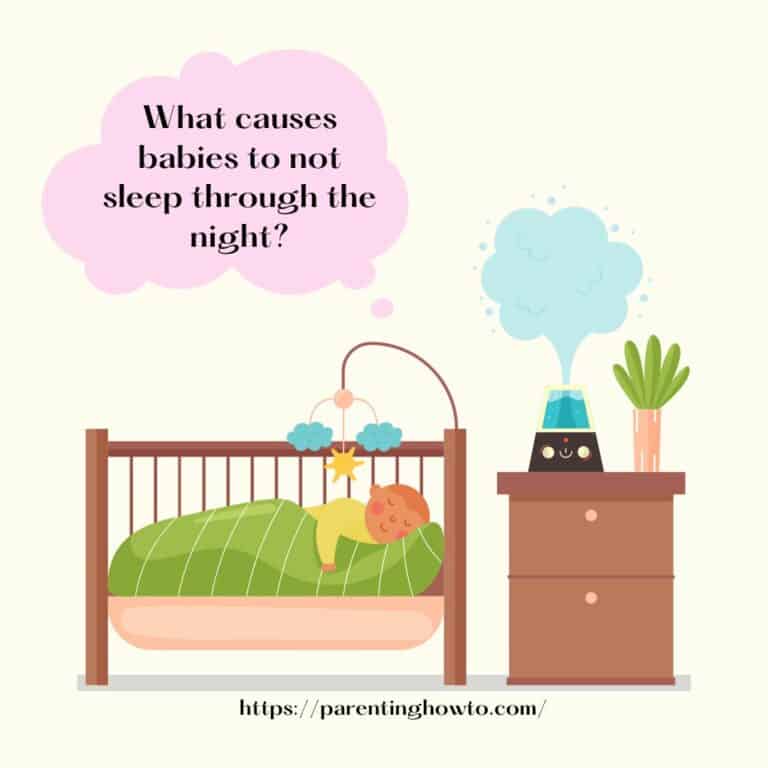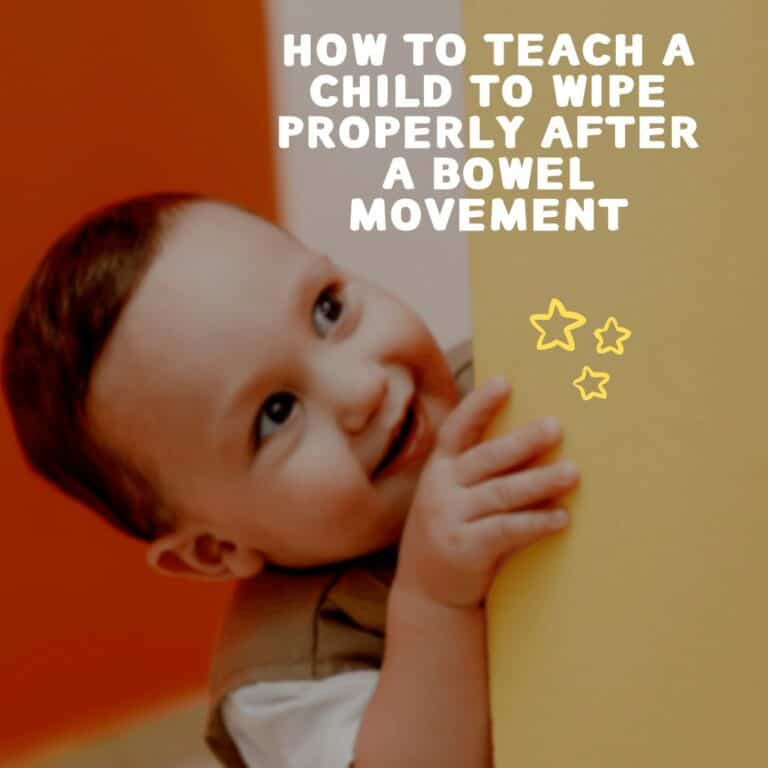If your baby is suffering from jaundice, know that you are not alone. Millions of babies around the world suffer from jaundice every year, and it can be a scary experience for parents. While it can be intimidating to face this diagnosis, there are steps you can take to make sure your little one gets the best care possible. Read on to learn more about what to do if your baby has jaundice.
What is Jaundice?

Jaundice is a common and usually harmless condition in newborn babies, marked by yellowing of the skin and whites of the eyes. It’s also known as neonatal jaundice.
To prevent jaundice, infants should be fed frequently – breastfed babies should have 8 to 12 feedings a day in the first few weeks. Light therapy (phototherapy) is an effective treatment for jaundice, which involves placing babies under special lamps that emit blue-green light to reduce bilirubin levels.
Jaundice typically begins two to four days after birth and can be more difficult to spot on darker skin tones. The main symptom of jaundice is a yellow coloring of the skin and eyes, caused by an excess of bilirubin in the baby’s blood.
To check for jaundice, press down gently on your baby’s forehead or chest – if it turns yellow temporarily, this could indicate jaundice.
In most cases, it clears up on its own within 1–2 weeks without treatment, but your doctor will decide whether further intervention is needed.
When Should You Be Concerned About Jaundice?
Jaundice is a common condition in newborns that causes their skin and eyes to appear yellow. It is usually mild and can be monitored at home, however it is important to contact your midwife if your baby’s symptoms worsen or they look unwell.
You may notice that the whites of your baby’s eyes have turned yellow, or their yellow tint has become brighter or deeper. Breastfeeding should not be stopped if your baby has breast milk jaundice, as it is usually mild and will get better on its own. Your doctor will keep an eye on jaundice while you are still in hospital.
If bilirubin levels are too high, it means that the body is not breaking down bilirubin properly after birth, leading to more of it being produced. If this happens, a doctor or nurse can carry out a blood test to check bilirubin levels.
It is important for babies with jaundice to drink enough milk as this helps to reduce levels of bilirubin in the body. The American Academy of Pediatrics recommends continuing breastfeeding for babies with jaundice. If your baby does not seem to be getting enough milk, call your doctor right away.
How Is Jaundice Diagnosed?
When it comes to diagnosing jaundice, your doctor will usually do a physical exam. They’ll be looking out for any signs of yellowing of the skin and eyes.
They can also take a look at the hands and feet to check for any yellowing, since jaundice can cause these areas of the body to have a slight yellow tint.
Additionally, the doctor may order a blood test to measure the level of bilirubin in the blood. Higher than normal levels of bilirubin indicate jaundice.
In some cases, the doctor may also order an abdominal ultrasound to check for any blockages or other issues that could be causing jaundice.
Finally, the doctor may order other imaging tests, such as a CT scan or MRI, to get a better look at the liver and bile ducts.
What Are the Treatment Options for Jaundice?
Treatment for jaundice depends on the cause and severity of the condition. For mild cases, no treatment may be necessary; however, treatments such as enhanced nutrition, light therapy (phototherapy), intravenous immunoglobulin (IVIg), exchange transfusion, and temporary supplementation with donor human milk may be recommended.
Phototherapy is a common and effective treatment for jaundice whereby special blue-green lights are arranged around your baby to add oxygen and help break down bilirubin in the skin.
The American Academy of Pediatrics recommends that breastfeeding should be continued when a baby has jaundice.
Also Read: Why is breastfeeding so important?
If your baby has not been getting enough milk at each feeding, it’s important to try to increase their intake so they can get enough nutrition while being treated for jaundice.
How Can You Prevent Jaundice in Newborns?
While it is usually normal and cannot be prevented, there are steps you can take to help ensure your baby’s jaundice does not become severe.
This includes adequate feeding, getting a RHo-GAM shot if your blood type is Rh-negative, and frequent diaper changes.
Breastfed infants should feed eight to 12 times per day while formula-fed infants should have 1 to 2 ounces every two to three hours.
If your baby has breastmilk jaundice, you do not need to stop breastfeeding. In most cases, mild jaundice will resolve on its own within a week.
However, if your baby’s jaundice does not improve or tests show high levels of bilirubin in their blood, they may need to be admitted to hospital for treatment.
Home Care Tips for Newborns With Jaundice
For breastfed babies, it is important to ensure that they are getting 8-12 feedings per day for the first several days; this will help eliminate more bilirubin in their stool.
Additionally, exposing the baby to 1-2 hours of sunlight daily can help reduce jaundice. If direct sunlight isn’t an option, placing the baby near a well-lit window for 10 minutes twice a day may do the trick as well.
It is also important for parents to keep breastfeeding their baby with jaundice so that they can get enough milk and nutrients. This will ensure that their body has what it needs to fight off the excess bilirubin in their system.
Finally, it’s important to monitor your baby closely if they have jaundice; this includes keeping track of how far down on the body the yellowing has progressed and making sure that they are getting enough milk and staying hydrated while they recover. With these steps and proper medical care, your baby should be able to overcome jaundice quickly and easily.
Diet Advice for Babies With High Levels of Bilirubin
The American Academy of Pediatrics recommends that breastfeeding should continue even when a baby has jaundice.
Treatment for jaundice depends on its severity, but eating often can help reduce it.
The sun’s rays can be a shining beacon of hope – allowing its warm light to work its magic and help reduce levels of bilirubin. Spending time in a sun-filled spot for 10 minutes each day can be a great way to help your child feel better.
.Adequate feeding is the best way to prevent jaundice, so parents should be sure to feed their baby 8-12 times every 24 hours.
To monitor for jaundice, parents should check their baby’s skin, feeding efficiency and number of wet/dirty diapers. If it is suspected, a doctor may order a sample of your baby’s blood to test the bilirubin level.
Phototherapy Treatment For Your Baby’s Jaundice
If your baby has jaundice, they may need treatment. Phototherapy is the most common medical treatment and involves using special lights to help reduce the bilirubin levels in your baby’s blood.
Your little one will be nestled in either a cot or incubator that is aglow with a soothing blue-green light.
Phototherapy helps bilirubin to leave their body in their urine, and it can also help stop jaundice from getting worse.
Though most cases of mild jaundice will dissipate sans medical attention, if a newborn’s levels of bilirubin are particularly high, they may require phototherapy – an oxygen-boosting procedure – for up to a full day’s time.
If you are concerned about your baby’s bilirubin levels, speak to your GP or public health nurse who can advise on the best course of action.
Side Effects of Phototherapy Treatment
Phototherapy treatment for jaundice is a safe and effective form of treatment for infants with jaundice. However, as with any medical treatment, there are potential side effects.
Common side effects of phototherapy include skin irritation, eye irritation, dehydration, electrolyte imbalances, decrease in body temperature, and a decrease in the production of red blood cells.
While these side effects are not life-threatening and are typically mild, they can be uncomfortable and may require additional medical attention.
Parents should watch for signs or symptoms of these side effects and contact their doctor if they become concerning. In addition, infants should be monitored regularly by a physician to ensure that the treatment is providing the desired results and to check for any unusual side effects.
Is It Normal For My Baby to Have Yellow Skin After Phototherapy Treatment?
Phototherapy is a common treatment for infants with jaundice, used to help reduce an elevated bilirubin level. During phototherapy, an infant’s skin may become yellow, appearing jaundiced.
This is a normal side-effect of the treatment, and usually resolves within a few days of treatment being stopped.
It is important to remember that this yellow discoloration is a side-effect of the phototherapy, not a sign of illness or jaundice recurrence.
If jaundice recurs, then further treatment may be necessary. It is important to follow the instructions of your healthcare provider regarding follow-up visits and lab work. Phototherapy is a safe and effective treatment for jaundice, and your baby’s yellow skin should clear up soon.
When Will My Baby’s Skin Return to Normal Color After Phototherapy Treatment?
For newborns suffering from jaundice, phototherapy is a safe and reliable way to bring down bilirubin levels in the blood.
After the treatment, babies will typically have improved skin color within one to two days, however it can take longer for some babies to return to their pre-treatment skin tone.
A follow up appointment with a doctor should be made to ensure that the bilirubin levels have returned to normal and that the skin is returning to its pre-treatment color.
If the skin color is not improving, the doctor may recommend extending the treatment or even switching to a different treatment modality. It is important to note that phototherapy is safe and will not cause any permanent damage to the baby’s skin.
Conclusion
Welcome to parenthood! Newborn jaundice is a common occurrence that, while it can make your baby’s skin and eyes look yellow, is generally nothing to be concerned about.
This happens when the baby has an elevated amount of bilirubin in their blood, which is totally normal since it is caused by the breakdown of red blood cells.
Don’t worry, this will decrease over time!



